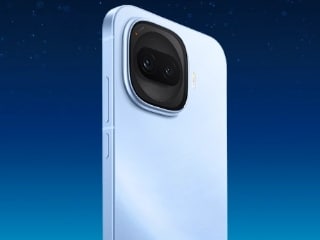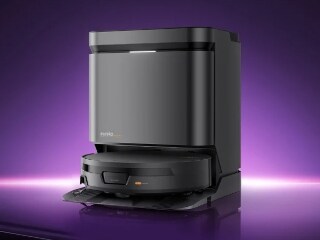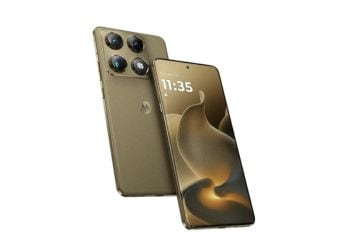- Home
- Internet
- Internet News
- First Extended Coverage Trial for IoT Completed Successfully
First Extended Coverage Trial for IoT Completed Successfully

IoT, for a laymen, is a futuristic system where you can control almost everything - from TV to refrigerator, from air-cooling to coffee machine - with your smartphone.
The trial, conducted in Paris from November 2015 to February 2016, was done for low-cost, low-complexity devices and enhanced network capabilities for cellular IoT.
"The results represent a significant step forward for the industry. It demonstrates the viability and cost effectiveness of the technology and paves the way for us to help the IoT ecosystem develop," Alain Maloberti, SVP of Orange Labs Networks, said in a statement on Monday.
The trial demonstrated improved indoor coverage and showed that investments could be optimised through new software deployment on top of existing cellular networks.
"We are pleased with the results reached during the trial. EC-GSM-IoT is a promising technology offering new opportunities for massive IoT based on 3GPP standard evolutions," added Arun Bansal, head of business unit radio, Ericsson.
EC-GSM-IoT (formerly EC-EGPRS) is a new technology that enables new capabilities of existing cellular networks for LPWA (Low Power Wide Area) IoT applications.
"Improved indoor coverage is key when it comes to IoT so we are very pleased with the results achieved during the trial," Asha Keddy, vice president and general manager of intel's next generation and standards group, noted.
Cellular networks optimised for IoT will be operational in 2017. EC-GSM-IoT is set to be demonstrated at the ongoing three-day Mobile World Congress (MWC) in Barcelona, Spain, that began on Sunday.
Catch the latest from the Consumer Electronics Show on Gadgets 360, at our CES 2026 hub.
Related Stories
- Samsung Galaxy Unpacked 2025
- ChatGPT
- Redmi Note 14 Pro+
- iPhone 16
- Apple Vision Pro
- Oneplus 12
- OnePlus Nord CE 3 Lite 5G
- iPhone 13
- Xiaomi 14 Pro
- Oppo Find N3
- Tecno Spark Go (2023)
- Realme V30
- Best Phones Under 25000
- Samsung Galaxy S24 Series
- Cryptocurrency
- iQoo 12
- Samsung Galaxy S24 Ultra
- Giottus
- Samsung Galaxy Z Flip 5
- Apple 'Scary Fast'
- Housefull 5
- GoPro Hero 12 Black Review
- Invincible Season 2
- JioGlass
- HD Ready TV
- Laptop Under 50000
- Smartwatch Under 10000
- Latest Mobile Phones
- Compare Phones
- Motorola Signature
- Vivo Y50e 5G
- Vivo Y50s 5G
- Realme 16 Pro+ 5G
- Realme 16 Pro 5G
- TCL Nxtpaper 70 Pro
- OPPO A6 Pro 5G
- Honor Power 2
- Zephyrus Duo 16 (2026)
- Asus ROG Zephyrus G16 (2026)
- Realme Pad 3
- OPPO Pad Air 5
- Xiaomi Watch 5
- Huawei Watch 10th Anniversary Edition
- Acerpure Nitro Z Series 100-inch QLED TV
- Samsung 43 Inch LED Ultra HD (4K) Smart TV (UA43UE81AFULXL)
- Asus ROG Ally
- Nintendo Switch Lite
- Haier 1.6 Ton 5 Star Inverter Split AC (HSU19G-MZAID5BN-INV)
- Haier 1.6 Ton 5 Star Inverter Split AC (HSU19G-MZAIM5BN-INV)

















